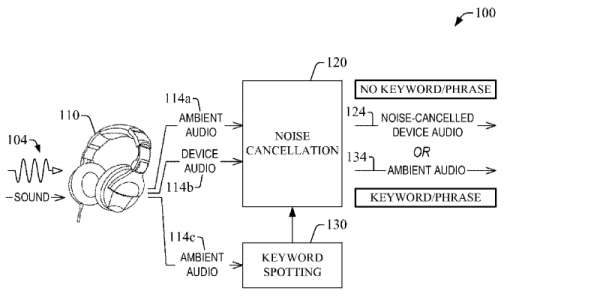When you are young, you take it for granted that you can pick out a voice in a crowded room or a factory floor. But as you get older, your hearing often gets to the point where a noisy room merges into a mishmash of sounds. University of Washington researchers have developed what they call Target Speech Hearing. In plain English, it is an AI-powered headphone that lets you look at someone and pull their voice out of the chatter. For best results, however, have to enroll their voice first, so it wouldn’t make a great eavesdropping device.
If you want to dive into the technical details, their paper goes into how it works. The prototype uses a Sony noise-cancelling headset. However, the system requires binaural microphones so additional microphones attach to the outside of the headphones.
Continue reading “Can You Hear Me Now? Try These Headphones”














